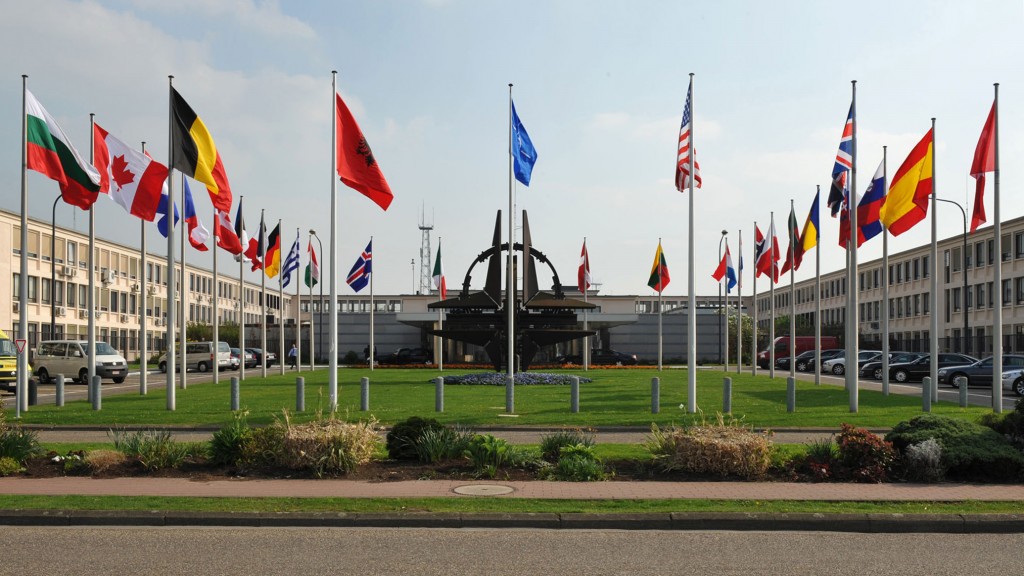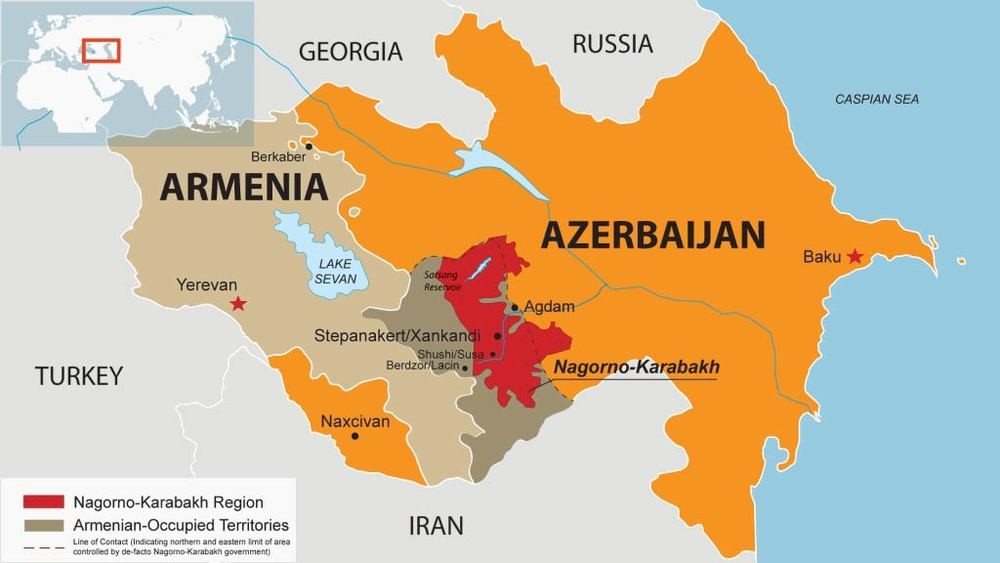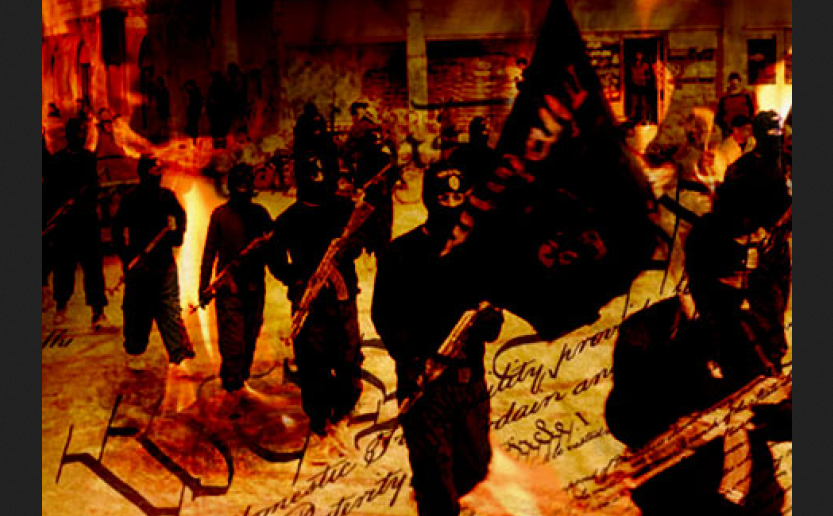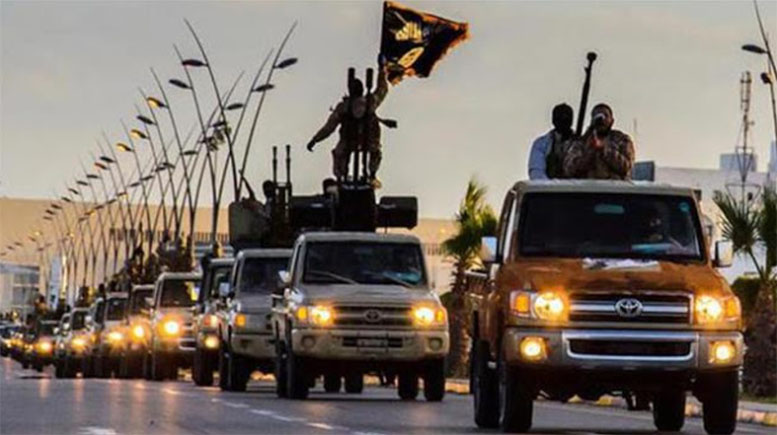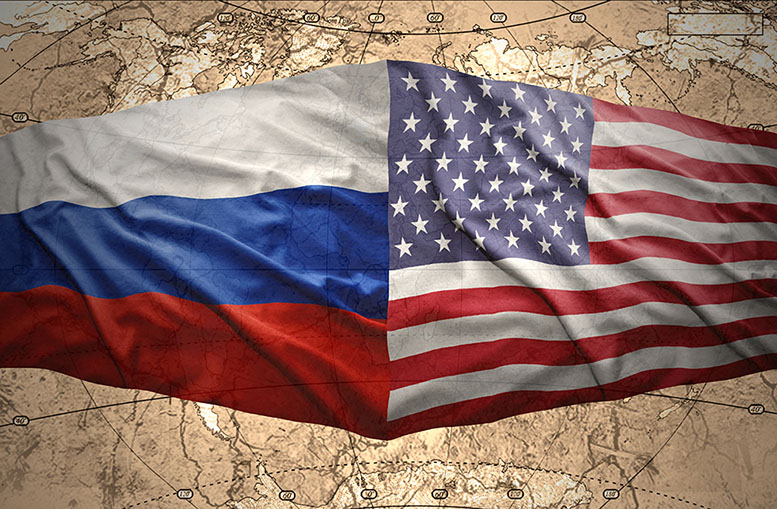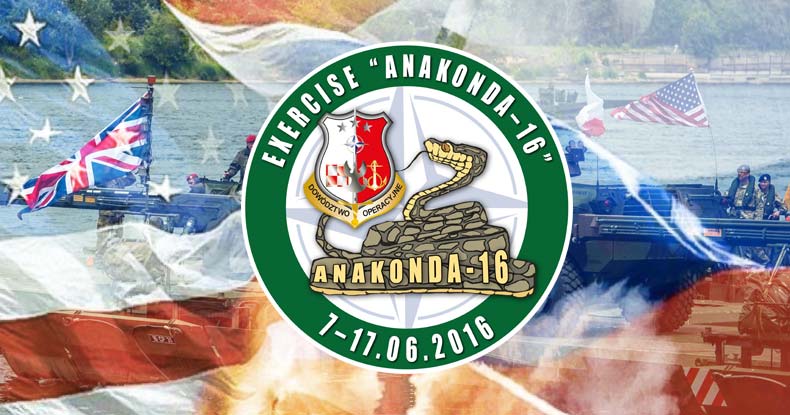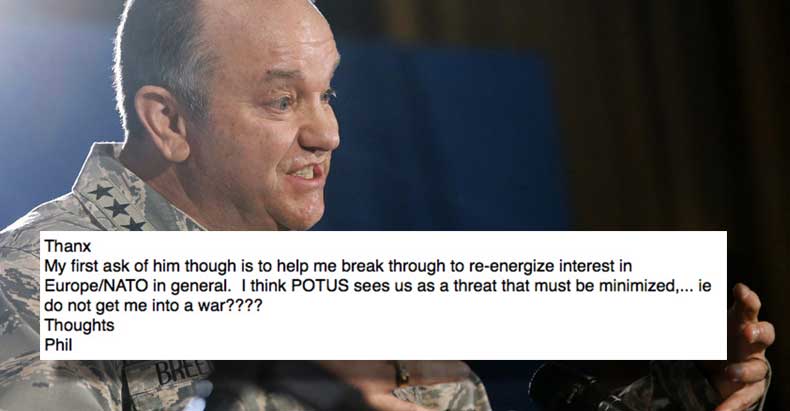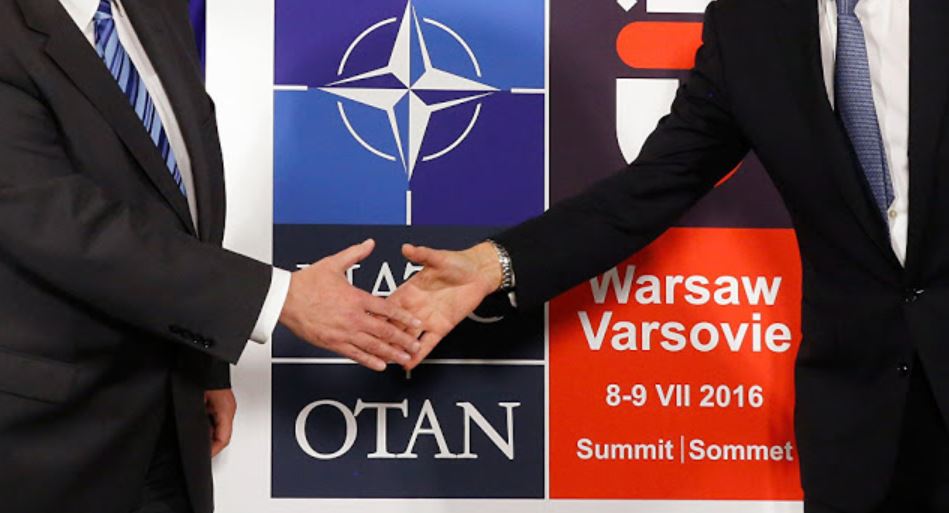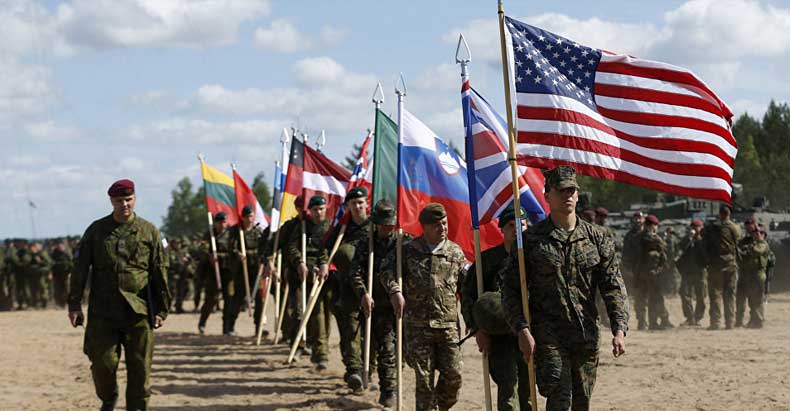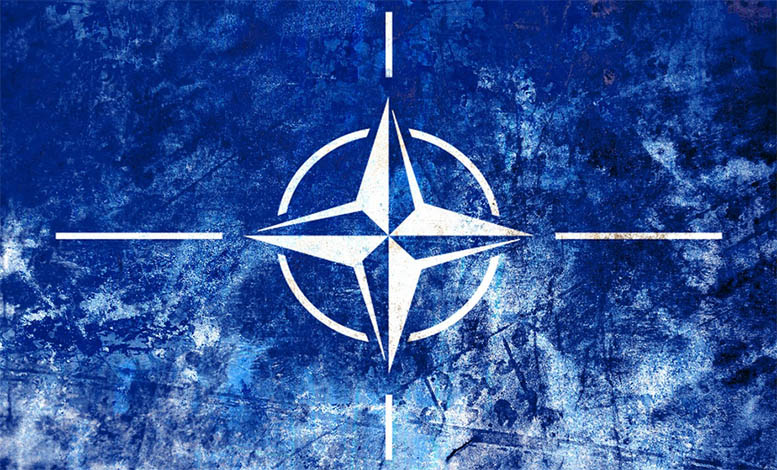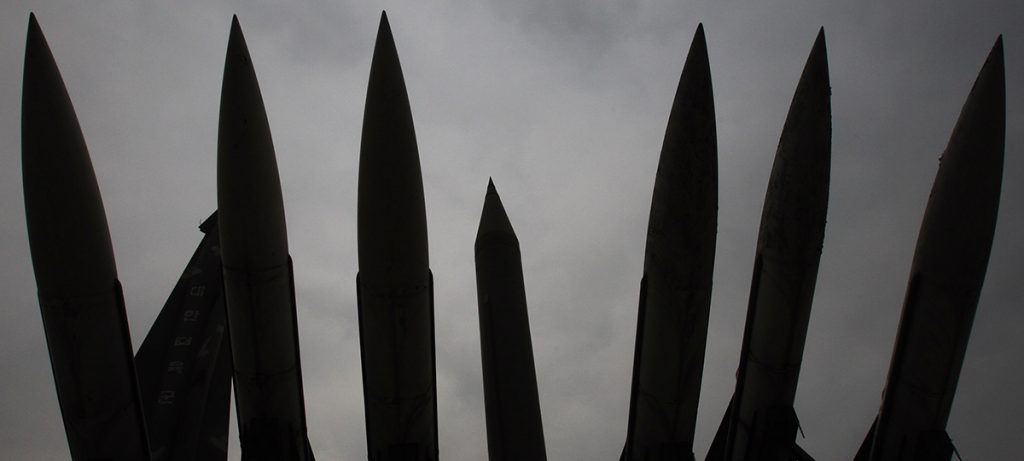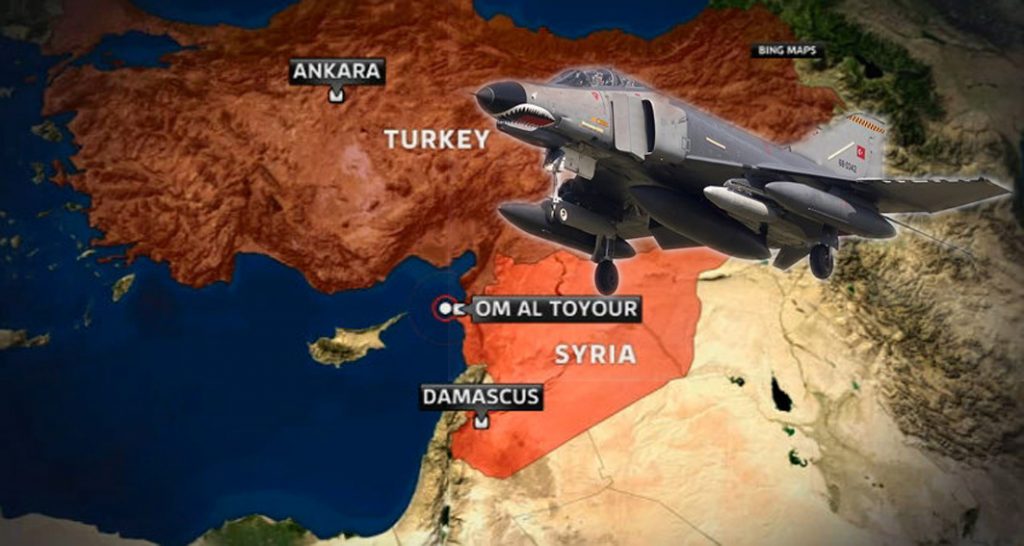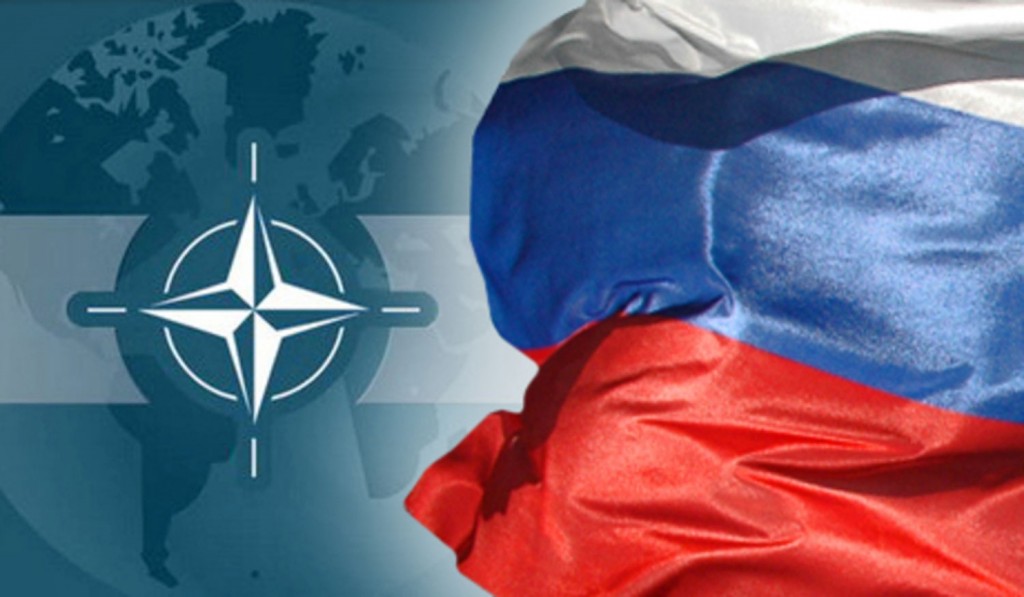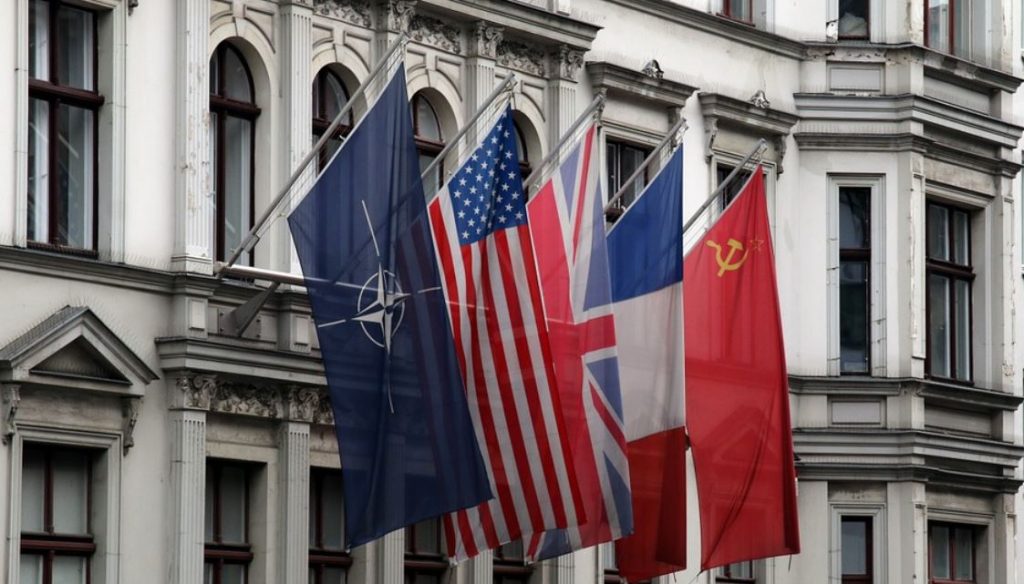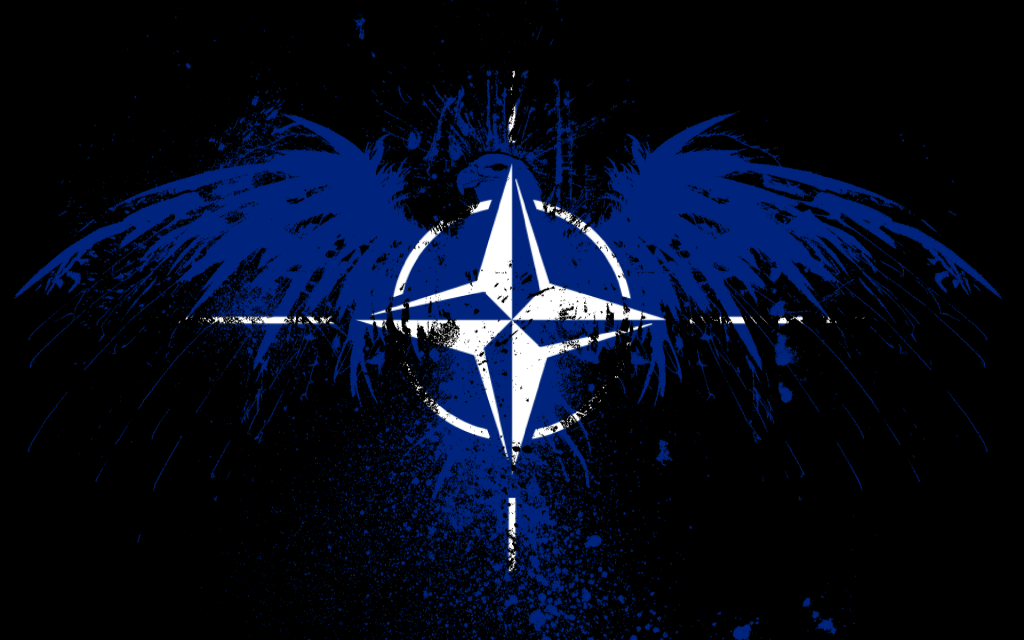![nato_wall]()
By Julian Rose
Poland, a country repeatedly occupied by foreign armies in the past, is once again suffering the humiliation of foreign troops encroaching upon her sovereign territory. Only this time, the occupying armies are under the flag of NATO and the agenda is the establishment of an ostensibly anti-Russian ‘war theatre’ – a logistical bridgehead in preparation for a possible Third World War.
Not surprisingly, I am deeply troubled by this manoevring. As a British citizen working in Poland for the past fourteen years, I feel a keen sense of the injustice being perpetrated upon the Polish people. Most fail to realize that the nation is being led down a road which could end up establishing a dangerous precedent: a near permanent US-led foreign army on Polish soil.
Perhaps the most disturbing part of this ‘occupation’ is that it is being welcomed with open arms by the Polish government, which appears obsessed with the notion that the Russian Federation may be planning to invade Poland. But any realistic evidence for this is entirely lacking, rendering the entire exercise nothing short of criminal.
The degree of carefully controlled NATO propaganda being put out by the national government is unprecedented in recent history. It resembles, but is far more efficient, than the techniques used by the Communists during their occupation of pre-1989 Poland. This resemblance is reinforced by that fact that the present government (Pis), has taken a 100% controlling influence of the country’s media in order to reinforce its position.
That might be all well and good, if the position was one based upon insight, wisdom and positive leadership. However these are exactly the attributes that are missing.
In their place is an unholy capitulation to spreading the message of ‘fear’. Fear used as the mirror image of the US foreign policy position of the past two to three decades, with ‘fear of terrorism’ being hyped-up to offer an alibi for the invasions of Afghanistan, Iraq, Libya and now by proxy, Syria and the murder of millions that has resulted.
Let us, therefore, remind ourselves of what the actual story is here, so that we may counter this grand deception and dangerous indoctrination of Polish citizens.
NATO, The North Atlantic Treaty Organization, is officially described as “an alliance of countries from North America and Europe committed to fulfilling the goals of the North Atlantic Treaty of 1949.” However that is just a front, in reality NATO is an agent of the ‘New World Order’ promoted by George Bush, Dick Cheney, Henry Kissinger and other members of the long-standing US neoconservative imperialist club. A club closely supported by Great Britain, whose Royal Society has long planned for a continuation of the hegemonic ambitions associated with the building of the British Empire.
This is the background of the euphemistically named ‘special relationship’ between the UK and the USA. The same policy position is maintained by President Obama to this day.
Other European nations enlisted into NATO’s fold have recently been warned that “Russia represents the greatest threat to world peace.” As always, this ‘fear ticket’ has been instrumental in sucking countries into the fold.
Few have questioned the logic or wisdom of this position, appearing happy to play their part in the revival of the ‘cold war’ which has thawed, frozen, re-thawed and re-frozen again, at the behest of the vast propaganda exercise perpetrated by successive US and UK governments over the past half century.
There is essentially no difference between US foreign policy and that of NATO. Which is not to say there is no friction between NATO’s European military chiefs and their US counterparts. There is; but the European element is ultimately brought to heel by their US ‘grand masters’, and the semblance of unity is preserved by government- and corporate-controlled public broadcasting in North America and Europe alike.
The public, who remain locked into the deliberately perpetrated psychology of fear, nod their heads in orchestrated harmony: “The US is our protectorate; Putin is Mr Evil; long live NATO.”
NATO is now the chief instrument for the continued enforcement of a policy that ensures the protection of the interests of a small elite of largely Anglo-Saxon industrialists, bankers and military strategists. It supports the status quo of corporate dominance and personal privilege and reflects the ongoing ambitions of families who have been at the forefront of aggressive and pugilistic wealth hunting for decades. Families like the immensely wealthy Rockefellers and Rothschilds.
So let us examine the grounds for NATO and the USA’s assertion that Russia presents the greatest threat to world peace.
The Russian Federation under President Putin, has a notable lack of foreign policy interventions into territories outside its field of control. The two often cited by critics, involve a disputed incursion into Georgia (August 2008) and the more recent ‘reclaiming to the fatherland’ of Crimea. Both of these involved direct responses to Western-provoked uprisings and the ‘coloured’ revolutions backed by Western-sponsored hegemonic political interests, in the hope of gaining a geopolitical and military foothold in territories historically aligned with Russia.
These illegal CIA-backed incursions, fomented on the back of cooked-up evidence of ‘a dangerous strategic push by Russia’ are actually part of a long-standing plan developed by the Trilateral Commission, The Project for the New American Century, The Institute of Foreign Affairs, Chatham House (London) and other similar NATO/US aligned bodies of influence.
![]() This plan is not simply a policy to protect the interests of neoliberal capitalism against its Communist counterpart, but to gain the preeminent and dominant position of power on the planet: to become masters of A New World Order. What US strategists have named “Full Spectrum Dominance”. Not just of this planet, but of outer space and eventual interplanetary colonization as well.
This plan is not simply a policy to protect the interests of neoliberal capitalism against its Communist counterpart, but to gain the preeminent and dominant position of power on the planet: to become masters of A New World Order. What US strategists have named “Full Spectrum Dominance”. Not just of this planet, but of outer space and eventual interplanetary colonization as well.
Now perhaps we will understand a little more about just who or what it is that Poland is inviting to be its protectorate against the supposed ‘epitome of evil’ Vladimir Putin.
NATO is the advanced arm of a new colonization of this ancient land, whose empire was once the largest and most advanced in Europe. There are significant deposits of valuable mineral resources in many areas of the country. Copper, silver, platinum, coal and uranium, to name a few. Not to mention millions of hectares of above-average fertile farmland. There can be little doubt that Poland’s western neighbors have a far greater hunger for such resources than those on Poland’s eastern flank, who have much greater deposits of the same mineral resources already available to them.
Perhaps the real reason for cranking up the latest round of fear based hysteria against Russia has to do with something else altogether. The fact that, during the past five years, Putin has initiated a national ban of GMO and put in place a policy of returning the country to the position of a self-sufficient nation, making national food security a high priority.
Not only this, Putin has responded to the trade sanctions imposed by the West after the Crimea controversy, by declaring a significant area of land in Eastern Russia available to all those who wish to enter into small scale ecological farming ventures. Aspirants who could not normally afford to get onto the land, are being gifted the chance to do so, and Russia will get the benefit of moving ever closer to the ecological based self sufficiency it has its sights on.
There is nothing that the corporate and political globalists fear more than the retention, in any country, of an independent element with access to land, water and fuel. This, after all, represents the ability to reject slavery under the corporate providers; and that, if carried out on a significant scale, could blow the agents of control right off their hegemonic thrones.
Russia, provoked by the West, has thrown down the gauntlet to those unable to see beyond the imperialist power heists so assiduously promoted and practiced by the USA and its NATO allies. She has, in effect, pulled the ace card out of the pack within the global strategic casino of modern-day crypto warfare – and placed it, face up, on the gambling table.
Poland, as a nation with over one million small- and medium-sized family farms, could well have upstaged this surprise move by Russia, by opting to place national food security and food sovereignty at the top of its political agenda. Pis, in particular, in response to the significant political support it gets from the family farm sector of Eastern Poland, might have chosen to distance itself from the Western global imperialists, and direct the nation down much the same route as Putin is forging for the federation of fellow Slavs.
But no, dazzled by the allure of being invited onto the top table of the global elite, President Duda and party chairman Katszinsky allowed ambition to far outsway any patriotic sense of what the Polish nation could achieve once united around a genuine goal of peace and prosperity.
![]() In contrast to the courageous World War Two stand made by the anti-Nazi resistance movement, so admired around the world, Pis – ‘the party of patriotism’ – succumbed to the classic political temptation-trap, and invited the architects of the New World Order right into the heart of the home soil. In the process, allowing their voice to be added to the well-oiled propaganda machine which is assiduously trying to provoke Putin into some form of retaliatory act of defiance against an increasingly predatory NATO.
In contrast to the courageous World War Two stand made by the anti-Nazi resistance movement, so admired around the world, Pis – ‘the party of patriotism’ – succumbed to the classic political temptation-trap, and invited the architects of the New World Order right into the heart of the home soil. In the process, allowing their voice to be added to the well-oiled propaganda machine which is assiduously trying to provoke Putin into some form of retaliatory act of defiance against an increasingly predatory NATO.
An act that would be instantly used to pin on Russia the blame for provoking a Third World War.
That is the undertext for NATO’s ‘war games’ being so provocatively played out on the border that divides the two countries.
Citizens of Poland have long been ‘softened-up’ for this new partitioning of their only recently freed land. Donald Tusk’s Civic Platform party, had already been drawn into negotiating the stationing of US Patriot missiles in Poland, in defence (according to the US Ambassador) “of a missile attack from Iran.”
These US missiles have gone ‘live’ and further consignments brought into the country, since Pis was overwhelmingly elected into power in 2015. And now NATO has been invited to establish an Eastern European HQ in Poland, with up to thirty thousand troops being allowed to engage in military manoeuvres within striking distance of the Russian border.
The softening-up of Polish citizens is a process that has been accomplished by a number of different means, and it’s most important to understand that these are now the standard tools of this age, drawn upon by the architects of the military industrial control system in order to get their way on the world stage.
Firstly, TV and the general media are brought under the control of the powers that be. This can be either corporate or government control; but usually consists of the two working in tandem.
The propaganda machine is then rolled into action, 24/7. After two or three months of unrelenting media brain washing, the majority fall in line and dutifully repeat the message without ever suspecting that it is an invention fabricated to achieve a deception of highly significant proportions.
Simultaneously, the sky is filled with chemicals (known as chemtrails) that have the effect of neutralising normally active cellular brain activity, thus helping to render citizens essentially ‘passive’; just when they most need to be most active in counteracting the political/military heist being imposed upon them.
On July 8/9, this year (2016) the sky over much of Poland was thick with airborne chemical artificial cloud trails. Exactly the dates when the recent NATO summit was being held in Warsaw. It is increasingly widely recognized, by those who can still think, that NATO has been at the forefront of chemtrail activity for the past fifteen years or more.
Laboratory tests of water and soil, after these activities have been in evidence, have revealed that chemtrails are composed of a number of highly toxic ingredients, of which aluminium, strontium and barium are the most commonly detected. All of these, in different ways, act to block the normal functioning of the neocortex, as well as diminishing the natural functioning of the nervous system, heart and lungs. Millions are unknowingly getting sick due to these clandestine, criminal activities.
By combining intense media indoctrination with chemical infusions of an already polluted atmosphere, it has been possible to create a powerful opiate against any form of active resistance or indeed, open rebellion. Something that should, by now, have forced government to cut its ties to the nefarious ambitions of the top-down Illuminati control system.
To complete the NATO web of insidious poisoning of innocent citizens, GMO planting is back on the agenda, in what is supposed to be a time of total ban of such activities.
![]() Long-fought-for Polish GMO Free Zones are now threatened by new government legislation allowing the incorporating of special areas in which GM planting would be allowed to take place. This extraordinary reversal comes from Pis, the political party that once took the strongest line against the import and planting of GM seeds and plants. Banning them outright in 2006, due to overwhelming evidence of the environmental contamination and health risk attached to these genetically engineered plants and seeds.
Long-fought-for Polish GMO Free Zones are now threatened by new government legislation allowing the incorporating of special areas in which GM planting would be allowed to take place. This extraordinary reversal comes from Pis, the political party that once took the strongest line against the import and planting of GM seeds and plants. Banning them outright in 2006, due to overwhelming evidence of the environmental contamination and health risk attached to these genetically engineered plants and seeds.
Lastly, but by no means least, the church is brought into the fold so as to reinforce NATO’s bidding. The Vatican has for decades made no secret of its pro-Western leanings, and support for military intervention wherever its interests are under threat.
Accompanying these criminal and frankly genocidal activities, is the steady imposition of electronic surveillance control mechanisms for monitoring both the professional and social activity of the populous as a whole. This represents a clear deprivation of basic civil rights and freedoms normally guaranteed to citizens in countries operating political systems known as democracies.
Increasingly, anyone found to be exercising the natural instinct for observation and critical awareness, is logged as ‘a potential danger to the state’. And with the massive computer storage capacity available today, tens of thousands of names are logged onto police and state records, and then checked against any suspicious activities that might be used to incriminate such individuals as a ‘terrorist threat’.
In conclusion; as Poland’s political class places its trust in the hands of NATO and the pledge of intervention to counteract the completely unqualified chimera of the threat of a Russian invasion of Polish territory; so does the nation as a whole lose its ability to take control of its own destiny and forge a path which is in the common interest of its citizens.
US National Security strategy is now being superimposed upon Polish National Sovereignty, at the behest of the leaders of the country. US National Security operates, and has operated for decades, under the edicts of an openly antagonistic war rhetoric, which I quote here: “We will defend our interests from a position of strength and will conduct combat operations anywhere in the World. We will, if necessary, act outside of international law in defense of our values.” And now we know what these values are.
Until Poles, and indeed all free-thinking citizens of the world, deeply question the morality of supporting the unapologetic ethos of greed and war, there can be no vindication for the heroes of the past who gave their lives that we might live in freedom.
Julian Rose is President of the International Coalition to Protect the Polish Countryside.
 Housed within Brussels, of course, is the headquarters of the European Union, which is Globalism Inc. for Europe. Its covert aim is to drown all nations of the continent in immigrants, so that within a few decades there will be no more recognizable countries—at which point a simple declaration that all of Europe is one indivisible entity will carry the day. This intention must never be spoken of. It must be hidden. Instead, the population of Europe must enlist in a universal, what shall we call it, Tolerance Corps, grinning from ear to ear wherever they go, urging acceptance of the new status quo, now and then grieving as new terror attacks blow people up. Who could doubt the efficacy and wisdom of this plan?
Housed within Brussels, of course, is the headquarters of the European Union, which is Globalism Inc. for Europe. Its covert aim is to drown all nations of the continent in immigrants, so that within a few decades there will be no more recognizable countries—at which point a simple declaration that all of Europe is one indivisible entity will carry the day. This intention must never be spoken of. It must be hidden. Instead, the population of Europe must enlist in a universal, what shall we call it, Tolerance Corps, grinning from ear to ear wherever they go, urging acceptance of the new status quo, now and then grieving as new terror attacks blow people up. Who could doubt the efficacy and wisdom of this plan? “Let’s see. Reality versus appearance. The reality is, this is perfect for us. An attack within a mile of our building. We couldn’t have anything to do with it. We’re victims. We’ve been making sure the governments of Europe keep their borders open, to let in terrorists, and so on. Now, when I appear before reporters…the appearance. I need to affect an expression of outrage mixed with sadness. Dignified. Do dignified. ‘The terrible events of today, the assault on Europe, on the stability of society. We will not rest until we bring the criminals to justice. At the same time, we must not fall into the trap of believing that all people coming to our lands are’…no, scratch that last part. Too early for that. The bodies are still lying on the ground. Stay with the outrage and the sadness. And assurances that we will work harder to gain control over the situation. We all stand united. Together. Our thoughts are with the grieving families…”
“Let’s see. Reality versus appearance. The reality is, this is perfect for us. An attack within a mile of our building. We couldn’t have anything to do with it. We’re victims. We’ve been making sure the governments of Europe keep their borders open, to let in terrorists, and so on. Now, when I appear before reporters…the appearance. I need to affect an expression of outrage mixed with sadness. Dignified. Do dignified. ‘The terrible events of today, the assault on Europe, on the stability of society. We will not rest until we bring the criminals to justice. At the same time, we must not fall into the trap of believing that all people coming to our lands are’…no, scratch that last part. Too early for that. The bodies are still lying on the ground. Stay with the outrage and the sadness. And assurances that we will work harder to gain control over the situation. We all stand united. Together. Our thoughts are with the grieving families…”